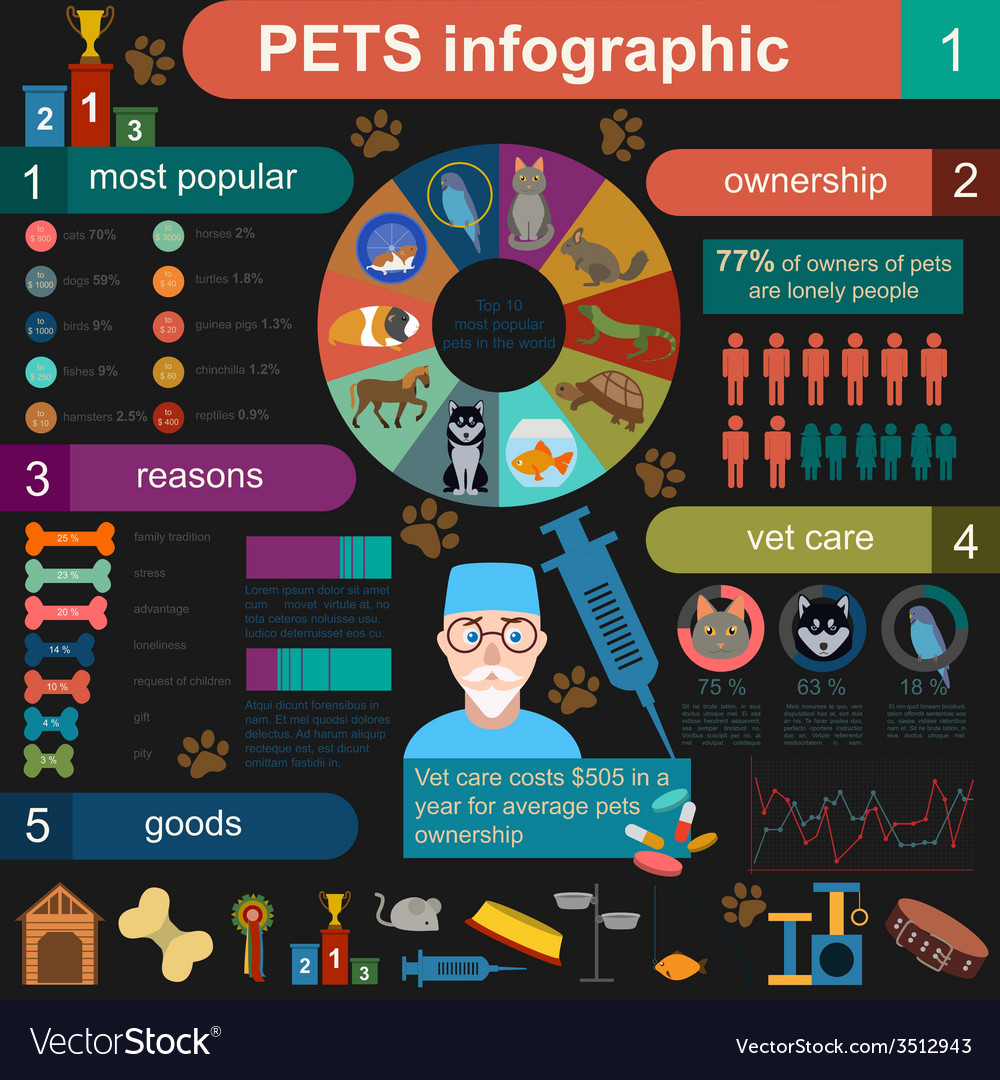Many canines like day care and enjoy to be with their hair brother or sisters throughout the day. Nevertheless, for some dogs it can be difficult.
Search for a facility with certified instructors and behaviorists that get on the flooring in any way times, monitoring the group play. This is particularly essential for canines who are responsive, show source protecting or ended up being antisocial or obsessive.
1. Congestion
For several pet dogs, day care is a positive experience that provides physical and psychological workout to burn off pencil up power. Nonetheless, the influx of new dogs, scents and settings can be frustrating for some pet dogs.
Pet dogs ought to be paired with other dogs that are comparable in dimension, age, socialization and play style to ensure safety and security and prevent overstimulation. However, congestion prevails at canine day cares and can cause individuality clashes and harassing that lead to injuries.
Ask what safety measures the facility requires to maintain your pup secure. As an example, is there an outdoor room for pet dogs to escape the groups? Does the center have normal breaks for your puppy to soothe their nerves? Ask what kind of first aid and CPR training staff members have and if they recognize with providing medicine to your dog. Additionally, it is very important to ensure your canine's food and medications remain in an identified bag that daycare team can swiftly access.
2. Changes in routine
Completion of summertime is coming and with it comes big adjustments as kids return to institution and people go back to their work timetables. This can be stressful for your dog. They'll miss out on all the hiking and playtime you do together and might start to really feel bored. Their habits could alter also, such as extreme barking or destructive habits.
Dogs love regular, so a sudden change in their everyday routine can create them tension. See to it to prepare ahead and slowly alter your feeding and walk times in the weeks leading up to back-to-school. This will assist your dog adapt to their new timetable and decrease any kind of unwanted actions.
Day care is a superb method for pets to get a lot of physical and mental exercise, specifically if they are young or energetic. They additionally receive socializing experiences that will develop self-confidence and good behaviors, which can help them manage the anxiety they could experience best dog daycare near me from things like trips to the veterinarian, visits to your office or home and various other difficult occasions.
3. Separation stress and anxiety
The drop off and grab process can be a little bit stressful for canines, specifically when it's the first time. Lots of pet day cares supply a consistent everyday schedule, and in time this aids pets feel comfy and secure while they're away from their proprietors.
Structured play, structured rest periods and routine treat times all help pet dogs create a sense of experience and predictability. This, incorporated with positive reinforcement, assists reduce separation stress and anxiety signs and symptoms.
Socialization likewise maintains pets physically and psychologically busy, which can make them less reactive to stressors when they're home. This, in addition to favorable reinforcement, assists to minimize anxiousness and increase self-confidence.
4. Not being watched play
Dogs that are not interacted socially on a regular basis can come to be anti-social-- this is frequently seen as pet dog aggressiveness. This can happen even in a well-managed day care setting, so make sure to see the dogs thoroughly. Try to find a proportion of 11 or much less dogs to floor people. Personnel needs to be playing and interacting with the canines, not sitting at their workdesks or looking at their phones.
The center should have a quiet area where the pet dogs can loosen up and recharge between play sessions. This is particularly crucial for high-energy types that require to burn extra energy or low-energy older canines.
Ask the personnel what they do to maintain the pets relax. They need to make use of positive reinforcement (praise, petting, play) and never utilize physical penalty or aversives. They must additionally be learnt pet dog emergency treatment and mouth-to-mouth resuscitation. Lastly, the facility should have an effective protocol for feeding times to avoid food hostility.
